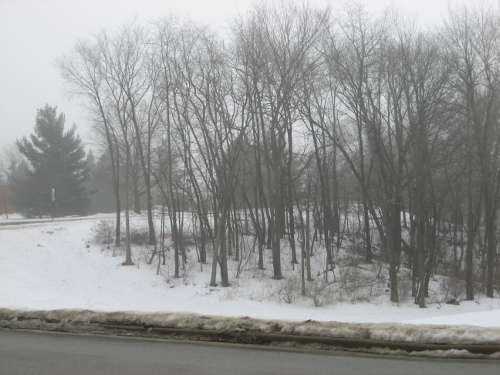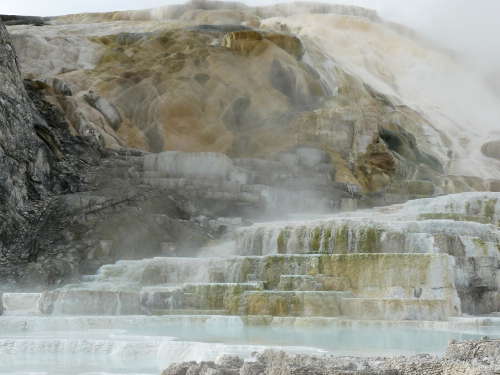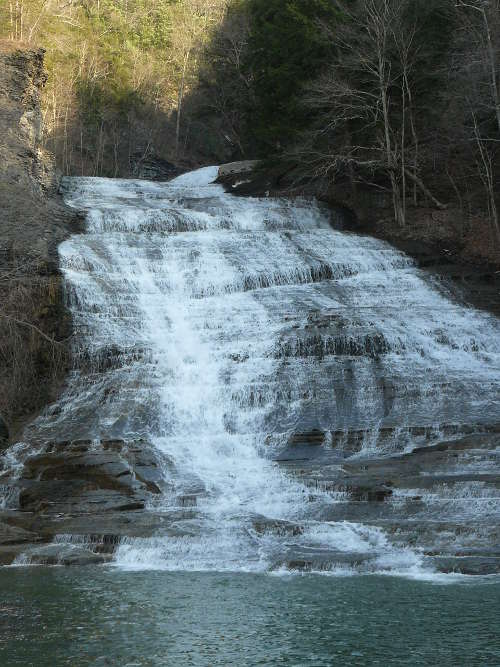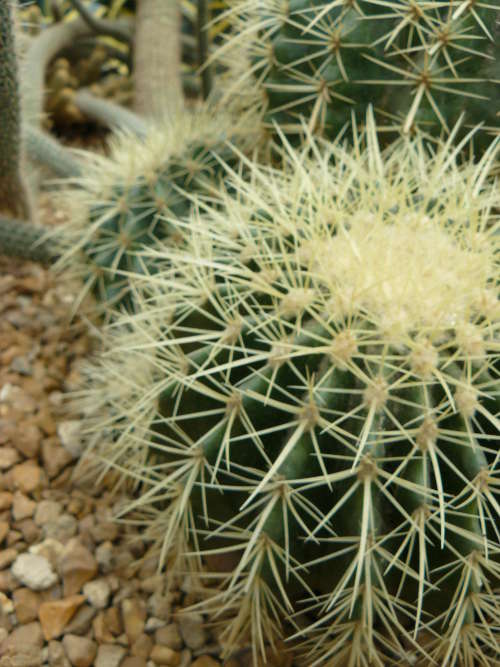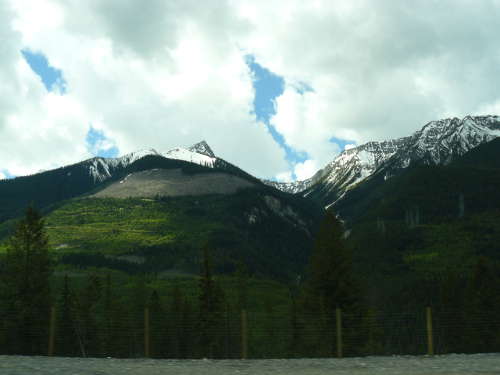 Location Taken: Banff National Park
Location Taken: Banff National Park
Time Taken: June 2010
Shall we go and look at the mountains?
The towering peaks, rising towards the clouds.
The white streaks of snow in summer’s blazing sun.
The trees, growing shorter as the mountain grows taller.
The trickling tiny streams carving massive clefts in the rock.
Nay, we shall stare at glowing screens instead, seeing false images.
Tales of happenings elsewhere, of places grand beyond imagination, of life.
And in the learning of these tales, are we not choosing to deny such things for us?
For you can learn everything there is to know about something, and yet not know it until you go.
Go to see the mountains yourself, go to talk to people yourself, go to try all there is to try out there.
And yet, we sit, and learn, and laugh, never leaving our electronics, lost in the worlds we made ourselves, interacting only through a glowing screen showing us glimmers of what’s out there, never going to experience them ourselves.
Shall we go and look at the mountains?

